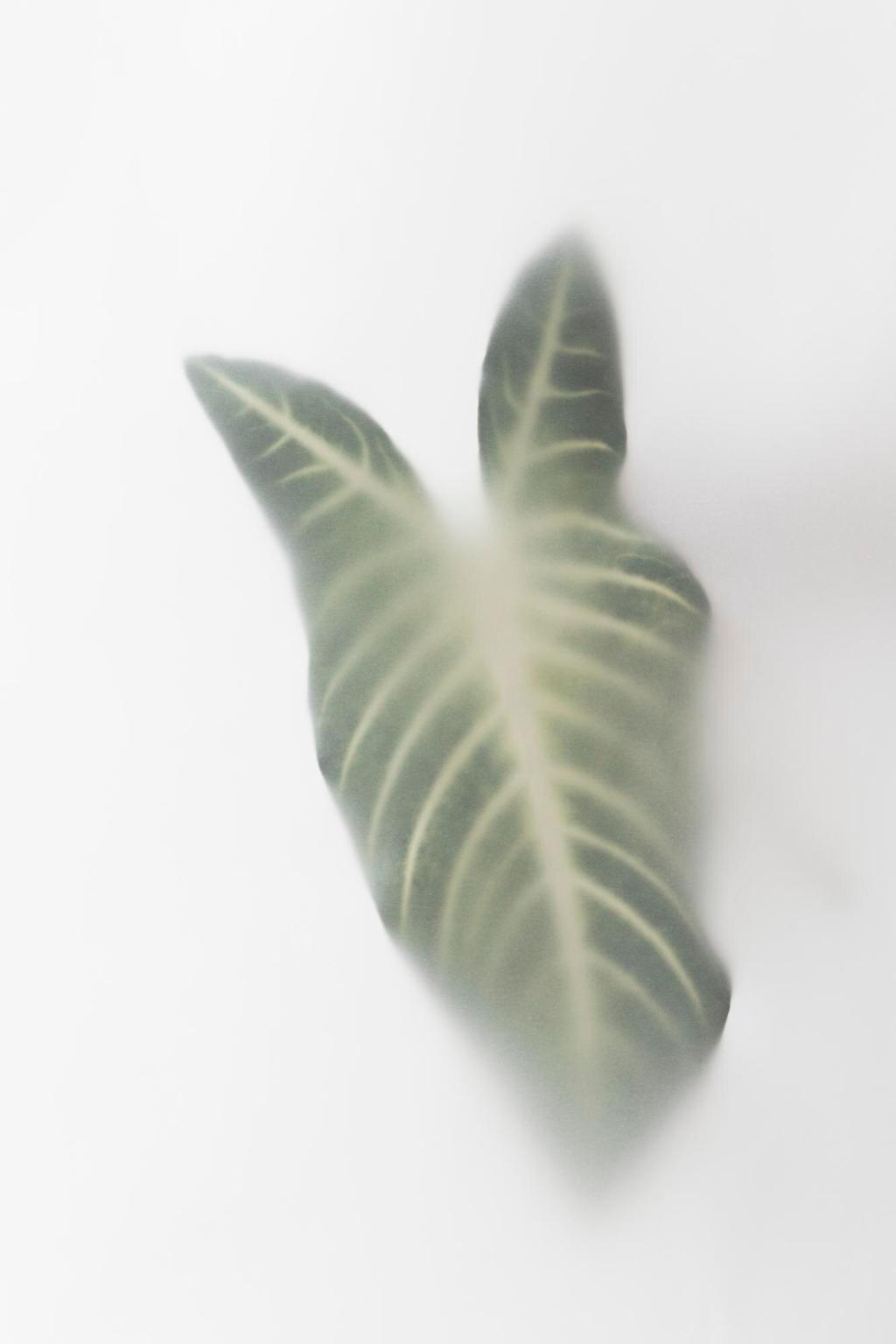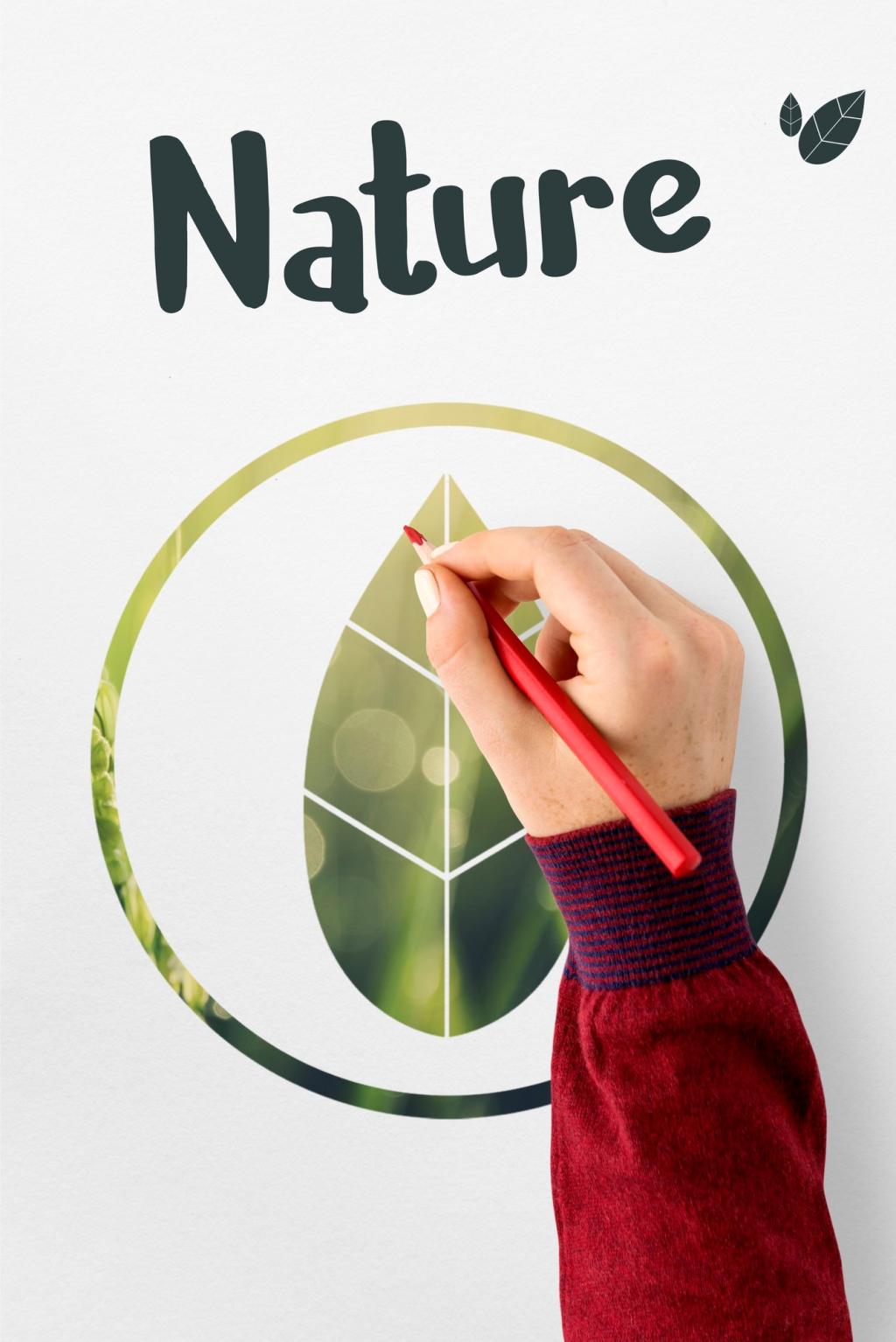Eco-Friendly Home Decor Trends
Embracing eco-friendly home decor is more than just a trend—it’s a lifestyle shift towards sustainability, wellness, and responsible living. Modern homeowners are increasingly aware of their impact on the environment, and their choices in home decor reflect this consciousness. Through sustainable materials, energy-efficient solutions, and mindful styling, it’s possible to create beautiful interiors that are both stylish and kind to the planet. In the following sections, discover the most compelling trends and ideas for making your home a sanctuary that honors both design and ecology.


Bamboo and Cork Accents
Bamboo and cork have emerged as star performers in the world of sustainable design. Both are rapidly renewable resources requiring minimal processing, making them eco-friendly choices for flooring, wall panels, and accessories. Bamboo, with its natural elegance and strength, adds a modern organic touch to any space. Cork, on the other hand, contributes a warm, tactile presence and possesses astounding insulation properties. Their inherent antimicrobial and hypoallergenic qualities are an added bonus, making these materials as healthful as they are beautiful. Integrating bamboo or cork into your interiors isn’t just a design statement—it’s a commitment to reducing environmental impact, supporting responsible harvesting, and fostering a healthy home.
Reclaimed Wood Features
Reclaimed wood brings a uniquely soulful dimension into interior design. Whether it’s incorporated as exposed beams, feature walls, handcrafted furniture, or flooring, the use of salvaged timber offers historical character that cannot be replicated by new wood. Every knot and grain tells a story, resulting in spaces that feel grounded and authentic. Beyond their aesthetic charm, reclaimed wood surfaces help keep valuable resources out of landfills and reduce the demand for new lumber and deforestation. They also often require less processing, translating into a smaller carbon footprint. Choosing reclaimed wood is an opportunity to champion craftsmanship, celebrate heritage, and invest in enduring style.
Natural fibers in Soft Furnishings
Natural fibers like organic cotton, linen, wool, and jute are leading the shift towards eco-sensitive soft furnishings. These materials are biodegradable, generally require fewer chemical treatments compared to synthetics, and often come from renewable sources. When used in upholstery, area rugs, curtains, and bedding, natural fibers create comfortable, breathable, and visually pleasing surfaces. Textiles crafted from these fibers allow rooms to feel lighter, fresher, and more connected to nature. Choosing certified organic or ethically-sourced options further assures that your decorative choices support fair labor practices and environmentally sound agriculture.
Energy-Efficient Lighting and Appliances
Switching to LED lighting is one of the simplest and most effective ways to make a home more eco-friendly. LEDs consume far less electricity than traditional bulbs and last significantly longer, which means fewer replacements and less waste. Smart lighting systems take sustainability further by allowing precise control over brightness, color, and timing—adapting illumination to natural light levels or occupancy. These systems integrate seamlessly into modern decor, offering minimalist fixtures or mood-enhancing environmental lighting. Thoughtful placement and design of LED lighting can transform the ambiance of a room while keeping sustainability at its core.
Choosing appliances that carry the Energy Star certification ensures they meet strict guidelines for energy efficiency. Washing machines, refrigerators, dishwashers, and more have evolved to deliver optimum performance with drastically reduced electricity and water consumption. These energy-saving devices now come in innovative, stylish designs and finishes that complement any home aesthetic. Beyond savings on utility bills, opting for energy-efficient appliances embodies a responsible attitude towards resource conservation—demonstrating that modern convenience and environmental consciousness can go hand-in-hand.
Solar technology is no longer confined to roof panels—it’s being ingeniously woven into everyday decor. Solar-powered lamps, outdoor lighting, and even small charging stations can be tastefully incorporated into living spaces, patios, and gardens. Advances in form and design allow solar elements to merge seamlessly with contemporary or rustic decor motifs. Integrating solar features doesn’t just lower household energy consumption—it visibly celebrates innovation and a commitment to clean energy. These solutions empower homeowners to harness the sun’s power for day-to-day living, merging sustainability with forward-thinking design.

Living Walls and Vertical Gardens
Living walls, also known as green walls or vertical gardens, are dramatic installations that introduce lush greenery into interiors without sacrificing valuable square footage. These systems support a variety of plant species, from mosses to ferns to flowering vines, and can be customized to suit climate and aesthetic preferences. Living walls naturally purify air, reduce noise, and provide a striking focal point in any room. The process of tending to these features cultivates a sense of mindfulness, while the greenery itself fosters tranquility and connection to the earth. Integrating living walls is a testament to the versatility and beauty of nature within our daily environments.
Low-Maintenance Houseplants
The popularity of houseplants shows no sign of waning, but many decorators now favor low-maintenance varieties that require minimal water, light, or care. Succulents, snake plants, pothos, and peace lilies are not only visually interesting but also remarkably resilient and forgiving. These plants naturally filter toxins from the air, enhancing both aesthetics and indoor air quality. By selecting species that thrive in local climates and conditions, homeowners can minimize resource use and ensure lasting vibrancy. Houseplants enliven interiors, soften modern lines, and create inviting atmospheres—all while supporting health and ecological awareness.
